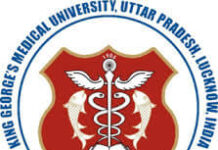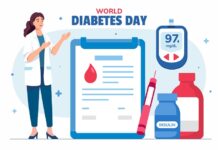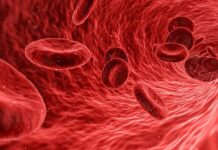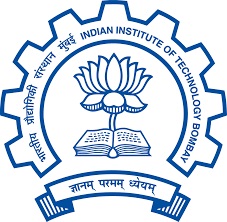In a groundbreaking innovation, researchers at IIT Bombay, led by Prof. Viren Menezes from the Department of Aerospace Engineering, have developed a revolutionary needle-free drug delivery system called the shock syringe. The device promises a painless alternative to traditional needles, addressing widespread fear of syringes, especially among children. The team’s research, conducted on laboratory rats, has been published in the Journal of Biomedical Materials & Devices.
The shock syringe, powered by a micro shock tube system, uses high-energy shock waves traveling faster than sound to deliver medication without piercing the skin. No larger than a ballpoint pen, it employs compressed nitrogen gas to generate a high-speed microjet of liquid drug. This jet, traveling at twice the speed of a commercial airplane during takeoff, effectively and gently penetrates the skin. Unlike conventional needles, the device relies on the physics of airwaves, ensuring a virtually painless experience.
“This device not only ensures patient comfort but also addresses critical safety and efficiency challenges in drug delivery,” said lead researcher Priyanka Hankare.
Enhanced Performance in Lab Tests
In tests conducted on diabetic and healthy rats, the shock syringe demonstrated superior performance compared to traditional needles. It proved especially effective for viscous drugs like antifungals, delivering the medication deeper into the skin layers. When used to administer insulin, the device lowered blood sugar levels effectively while maintaining stable levels for a longer duration. Tissue analysis revealed reduced inflammation and faster healing, with minimal skin damage compared to needle injections.
Potential for Public Health Revolution
As reported by economictimes, the shock syringe holds significant promise for improving global healthcare delivery. It eliminates risks associated with needle-stick injuries and bloodborne disease transmission. Additionally, the device’s efficiency and safety could accelerate mass immunization campaigns by simplifying logistics and reducing reliance on needle-based systems. With a capacity to deliver over 1,000 injections before requiring a nozzle replacement, it offers a cost-effective and sustainable solution.
While the innovation shows immense potential, the researchers emphasized that widespread adoption will depend on further technological advancements, regulatory approval, and ensuring affordability and accessibility.























